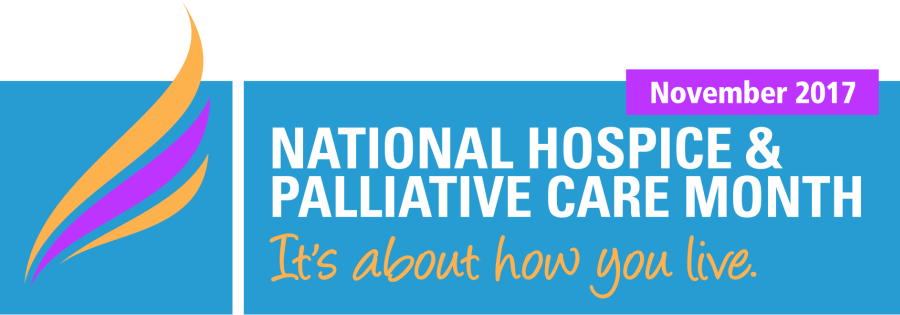November is National Hospice and Palliative Care Month. The theme this year is “It’s about how you live.” A primary goal of palliative and hospice care is to help a patient be comfortable and more able to enjoy life. I think there tends to be a negative impression of hospice and palliative care so I’m going to break down some of the facts for you.
Palliative Care
- Medical specialty that focuses on managing symptoms such as nausea and vomiting, and pain
- Palliative care can assist patients at any stage of disease and at any point during treatment
- The palliative care team provides emotional support and can help patients and families make decisions regarding medical decisions
- The palliative care team may consist of a physician, nurse, nurse practitioner, pharmacist, chaplain, social worker, nutritionist, massage therapist, etc.
Hospice Care
- Philosophy of care that focuses on providing the best possible quality of life for patients faced with terminal illness
- Provides symptom management, emotional and spiritual support, and bereavement support after a patient dies
- The hospice team may consist of a physician, nurses, social workers, counselors, chaplains, case managers, trained volunteers, etc.
- Hospice care can be provided at a facility or in the home
- Hospice care can be provided when the goal of care has changed from curative therapy to management of symptoms focusing on comfort, not only when death is imminent.
- If, during hospice care you decide to restart treatment, you can be discharged from hospice care
During treatment for cancer, your goals may change. It is important to remember that this is not giving up. You guide your plan and you have the right to ask for palliative care or hospice services at any time. You can speak to your care team about these options. OncoLink provides articles about hospice, palliative care, and further resources for support if you are interested in more information.
